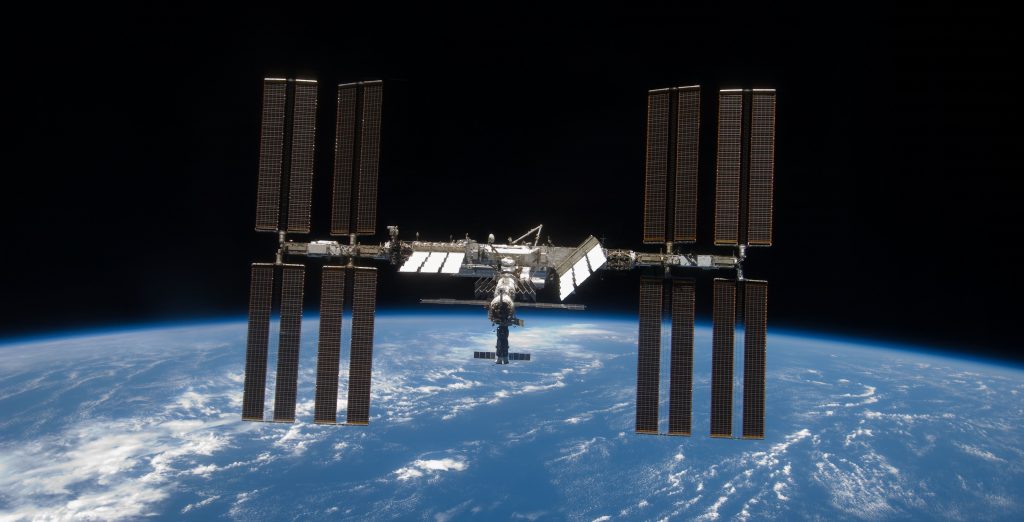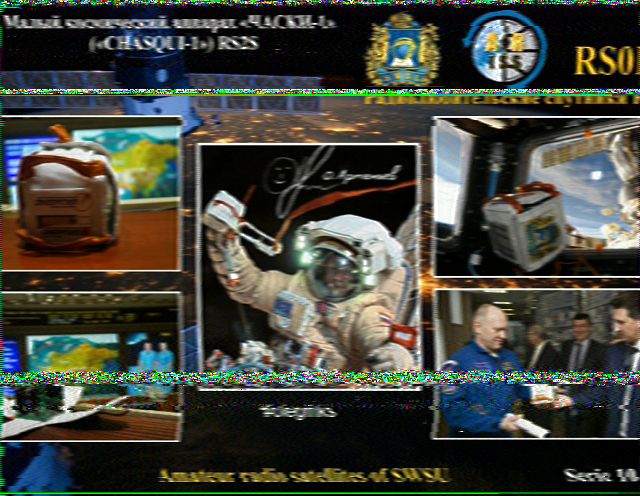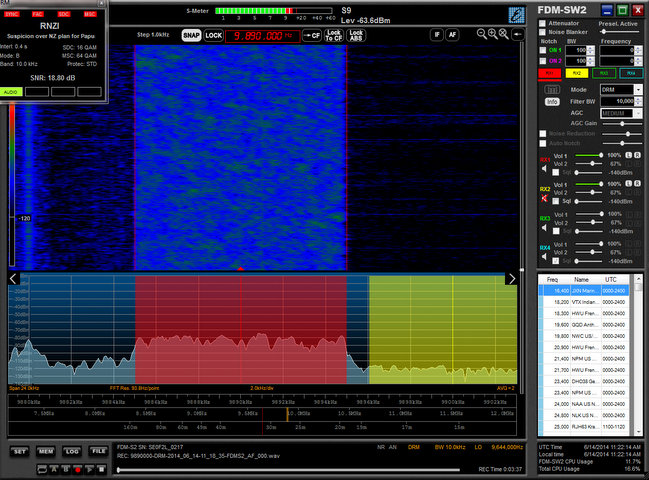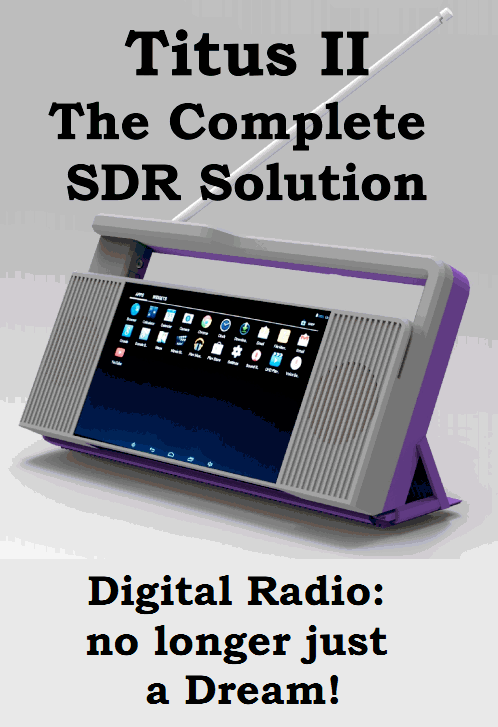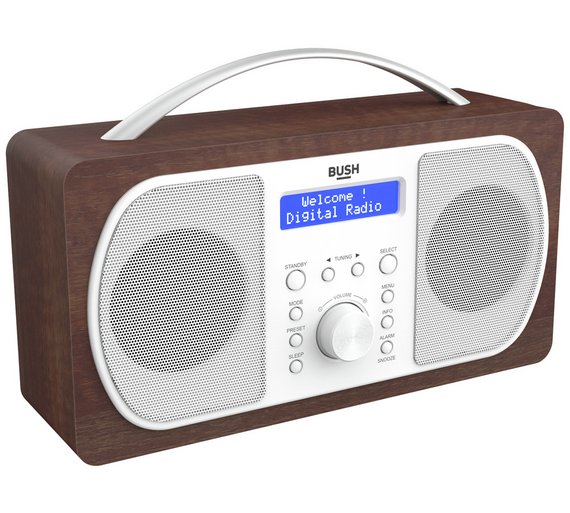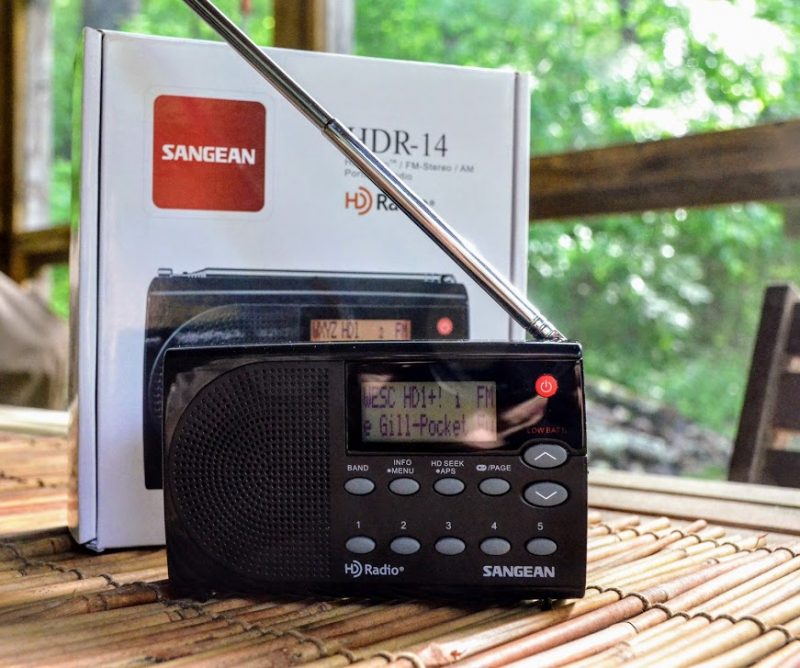 Based on readers correspondence, the most anticipated non-shortwave radio to hit the market this year might be the Sangean HDR-14 AM/FM HD radio.
Based on readers correspondence, the most anticipated non-shortwave radio to hit the market this year might be the Sangean HDR-14 AM/FM HD radio.
Sangean sent me a sample evaluation unit and I’ve had it on the air since taking delivery last week. I’m starting to put the elements of my HDR-14 review together while also writing Part 2 of my SDR primer for The Spectrum Monitor magazine (Part 1 was published last week). Indeed, I’ve a total of five reviews and evaluations on my desk right now–!
So far, I’m impressed with the little HDR-14. If you recall my review of the Sangean HDR-16, I mentioned that one of my benchmark distant HD FM stations is WFAE 2–its transmitter is a full 101 miles from my home and I’m well outside even the the fringe reception area.

The HDR-14 has a unique back stand: a small foot that swivels out of the base of the chassis.
I’m pleased to note that on more than one occasion, I’ve gotten a reliable HD lock of WFAE from my porch. A most positive sign!
Over the next three weeks, the HDR-14 will be travelling with me and I hope to even snag an AM HD station if all goes well.
I can tell you already that I’m as pleased as punch Sangean gave the HDR-14 a total of 20 AM and 20 FM memory presets. The larger HDR-16, in contrast, only has 5 AM and 5 FM presets.
Look for my review of the HDR-14 on the SWLing Post in the coming weeks. If interested, follow the tag: HDR-14
I’ve noted that both Universal Radio and Amazon.com (affiliate link) have the HDR-14 in stock and shipping. Universal’s price is $79.99 plus shipping and Amazon’s price is $88.67 including shipping.
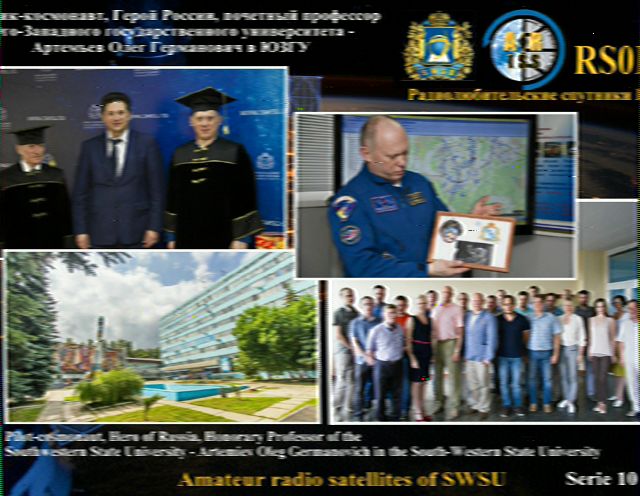
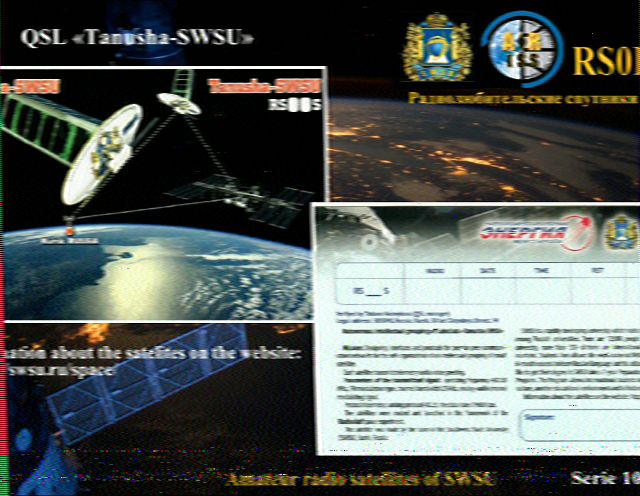 Many thanks, Lilian! I’m also very pleased that you’re enjoying all aspects of radio–to me, that’s what makes this all so very fun!
Many thanks, Lilian! I’m also very pleased that you’re enjoying all aspects of radio–to me, that’s what makes this all so very fun!
